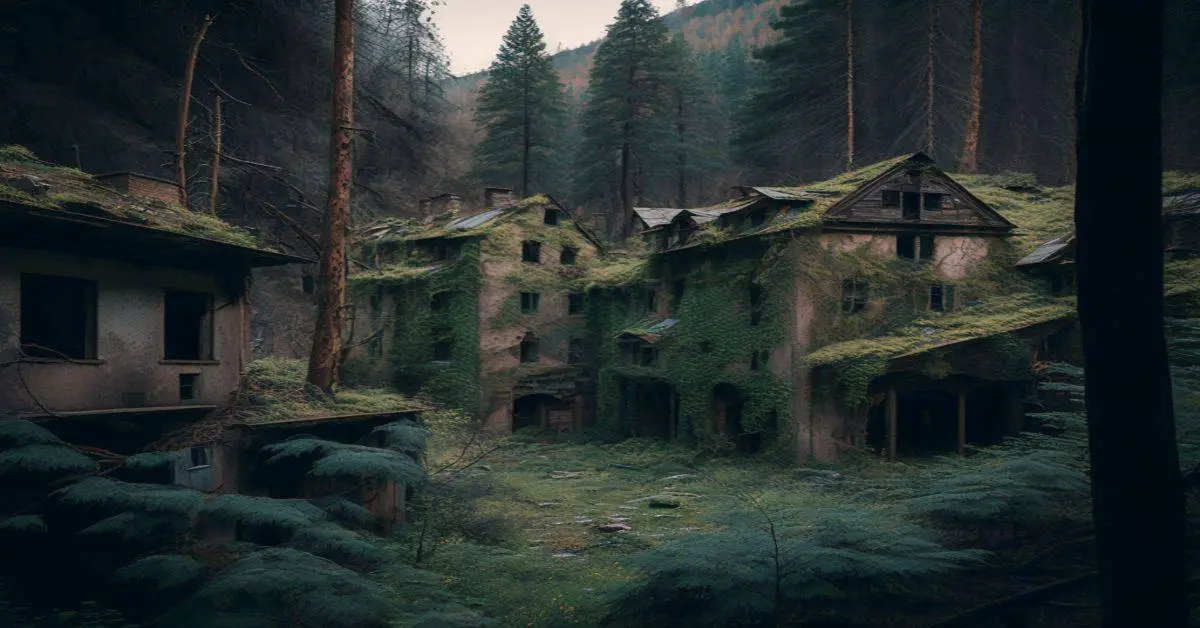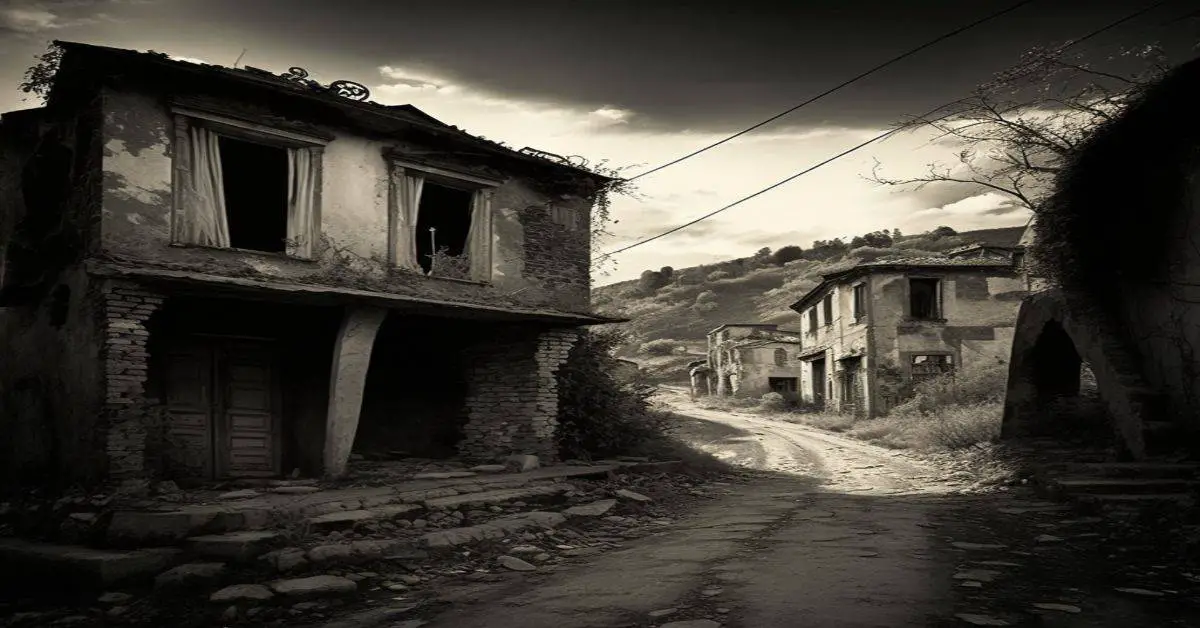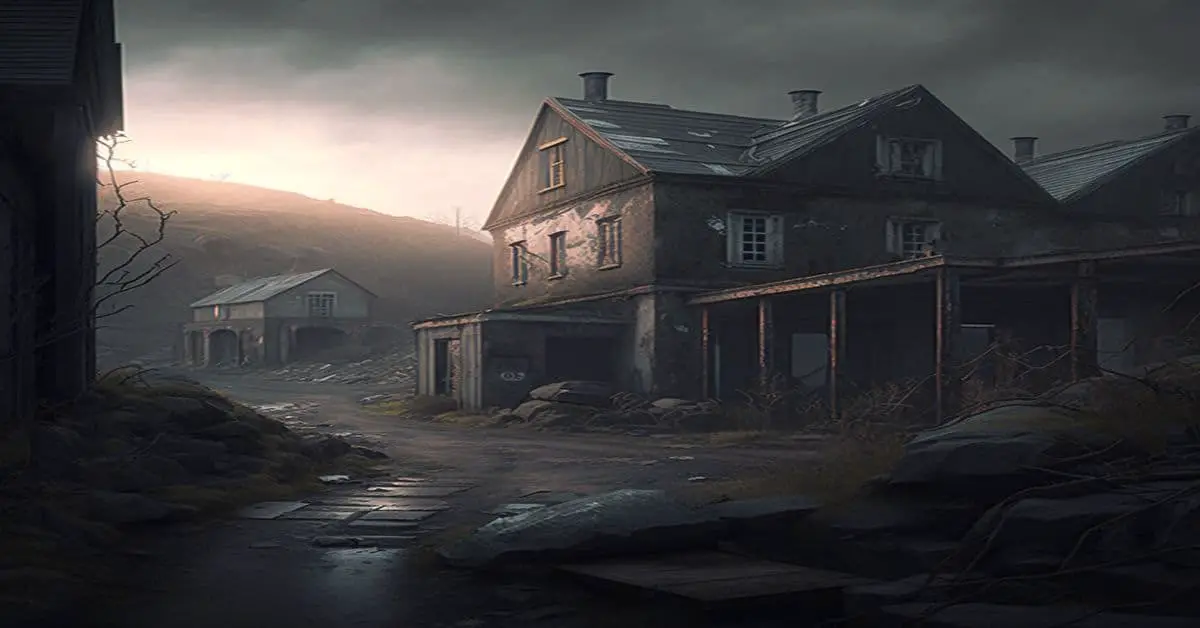What Caused Ghost Towns: A Comprehensive Look
Ghost towns are often seen as a mysterious and eerie part of history, capturing the imagination of travelers, historians, and even paranormal enthusiasts. But what exactly caused these once-thriving communities to become deserted and abandoned?
In this article, we’ll explore the various factors that have led to the creation of ghost towns, examining their history and impact on the landscape.
Economic Factors: Boom and Bust
One of the primary reasons for the creation of ghost towns is economic shifts and reversals. Many of these abandoned communities were once bustling centers of industry, agriculture, or mining, but as the economic activity that supported them failed, the towns were left deserted.
Mining Towns: The Rise and Fall of Resource Extraction
Mining towns are perhaps the most iconic type of ghost towns, particularly in the United States. These towns were often built around the discovery of valuable natural resources, such as gold, silver, or coal. As long as the mines were productive, the towns would thrive, attracting workers, their families, and businesses to support the growing population.
However, once the mines were depleted, people had little reason to stay. With the loss of jobs and economic opportunities, residents would move on to the next booming town or return to their hometowns, leaving the mining community to become a ghost town.
Some notable examples of mining ghost towns include:
- Bodie, California
- Rhyolite, Nevada
- Silver City, Idaho
- Virginia City, Montana
Abandoned Agricultural Towns
Agricultural towns are another type of ghost town, often found in rural areas that have experienced significant population decline. As farming practices industrialized and smaller farms became less economically viable, many rural communities were left with dwindling populations and a lack of economic opportunities, leading to their eventual abandonment.
Examples of agricultural ghost towns can be found in the Great Plains region of the United States, where many communities have been abandoned due to the loss of railway and highway connections and the decline in farming as a sustainable livelihood.
Failed Economic Developments
Sometimes, ambitious economic development projects can create ghost towns when they fail to deliver on their promises. For example, Fordlandia in Brazil was established as a rubber plantation for the Ford Motor Company in the 1920s.
However, the project was plagued by mismanagement and lack of knowledge about tropical agriculture, leading to its eventual abandonment.
Natural Disasters: The Unpredictable Force
Natural disasters have also played a significant role in the creation of ghost towns. Floods, earthquakes, volcanic eruptions, and other catastrophic events can cause significant damage to communities, forcing residents to abandon their homes and relocate to safer areas.
Some examples of ghost towns created by natural disasters include:
- Plymouth, Montserrat, which was rendered uninhabitable by volcanic ash from an eruption in 1995
- Centralia, Pennsylvania, abandoned due to an uncontainable underground mine fire that began in 1962 and still burns today
- Armero, Colombia, where a volcanic eruption and subsequent lahars in 1985 killed more than 20,000 residents and left the town abandoned

Image Source: Unsplash
Man-Made Disasters: The Consequences of Human Actions
Man-made disasters, such as war, pollution, and nuclear accidents, have also led to the creation of ghost towns. In some cases, entire populations are forced to evacuate their homes due to the risks posed by these events.
Examples of ghost towns created by man-made disasters include:
- Oradour-sur-Glane, France, where German forces massacred the entire population during World War II
- Pripyat, Ukraine, abandoned after the Chernobyl nuclear disaster in 1986
- Tawergha, Libya, deserted during the 2011 civil war and left uninhabitable due to ongoing conflict
Disease and Contamination
Disease outbreaks and contamination can also lead to the abandonment of towns and communities. In some cases, entire populations are wiped out by illness or forced to relocate due to the environmental risks posed by contaminants.
Examples of ghost towns created by disease and contamination include:
- Times Beach, Missouri, abandoned after the discovery of high levels of dioxin contamination
- Wittenoom, Western Australia, a former asbestos mining town abandoned due to health concerns
War, Massacres, and Forced Relocations
War and conflict can lead to the abandonment of towns and cities as populations are massacred, deported, or forced to flee for their lives. In some cases, entire communities are destroyed, leaving only ruins to mark their existence.
Examples of ghost towns created by war, massacres, or forced relocations include:
- Kayakoy, Turkey, an ancient Greek city abandoned in 1923 due to a population exchange between Greece and Turkey
- Aghdam, Azerbaijan, a city abandoned during the First Nagorno-Karabakh War in 1993 and left in ruins by subsequent conflict
Abandoned Resorts and Tourism Attractions
Sometimes, once-popular tourist destinations can become ghost towns when they fall out of favor or suffer from changing economic conditions. Resorts and attractions may struggle to attract visitors, leading to their eventual abandonment.
Examples of abandoned resorts and tourist attractions include:
- Salton Sea, California, a former tourist hotspot that was abandoned due to increasing salinity and pollution levels in the lake
- Elkmont, Tennessee, a former resort community in the Great Smoky Mountains National Park that was abandoned as tourism declined
Casualties of Urbanization
Urbanization and the growth of large cities can also lead to the abandonment of smaller towns and villages. As populations move to urban areas in search of better job opportunities and a higher standard of living, rural communities may struggle to survive, eventually becoming ghost towns.
Examples of ghost towns created by urbanization include:
- Misnebalam, Mexico, a small village abandoned as its residents moved to nearby cities
- Village without People in Kaiping, China, left to deteriorate as its inhabitants moved to urban areas
Conclusion
Ghost towns are a fascinating part of our history, providing a glimpse into the lives of people who once called these places home. Economic shifts, natural disasters, man-made disasters, disease, and urbanization have all contributed to the creation of ghost towns worldwide.
While some of these abandoned communities have been repurposed or turned into tourist attractions, many others continue to decay, slowly being reclaimed by the forces of nature.



